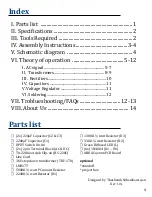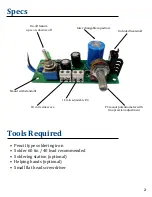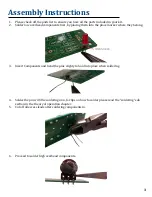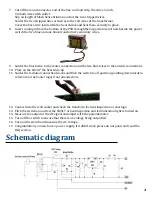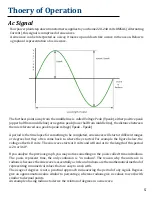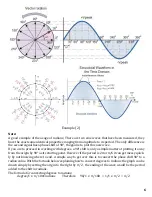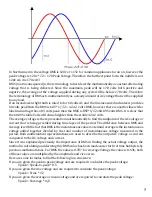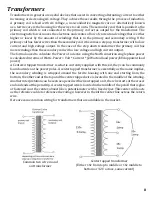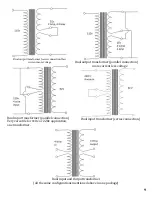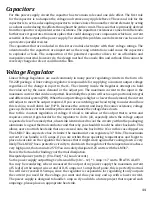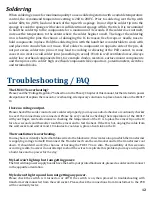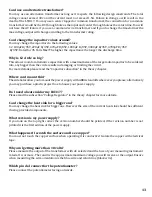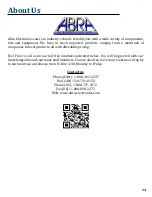
12
Soldering
When soldering ensure for maximum quality to use a soldering station with a variable temperature
control, the recommend temperature setting is 260 to 280°C. Prior to soldering, wet the tip with
solder 60% tin /40% lead and brush of the tip with a sponge. Do not dip the solder tip into the
sponge or soak the sponge with water. A sufficient moist sponge will do the trick. It is recommend
to hold the solder tip to the components for a maximum of 3 seconds. If the solder does not melt,
increase the temperature to the extent where the solder begins to melt. The longer the soldering
iron is heating the pins the chance of damaging the IC increases. Use forceps or needle nose to
hold components in place. Hold the soldering iron with the hand that is comfortable to work with
and place into stand when not in use. Feed solder to component on opposite side of the pin, do
not put excess solder into pin as it may lead to cracking or shearing of the PCB contact, in some
cases it can create a cold solder joint (something to avoid). Work in well ventilated areas. Always
solder low overhead components first, for example diodes, resistors, surface mount components
and then proceed to solder high overhead components like capacitors, potentiometers, switches
and terminal blocks.
Troubleshooting / FAQ
The LM317 is overheating?
Please read the “Voltage Regulator” Subsection in the Theory Chapter of this manual, further details in power
dissipation will explain the reason for overheating. A temporary solution is to place a heat sink on the LM317
IC.
I have no voltage output.
Please check if the solder contacts were soldered properly, you may use a diode checker or continuity checker
to see if the connections are connected. Please be very careful in checking the temperature of the LM317
with your finger. A safe alternative in checking the temperature of the IC is to place the eraser tip on the IC
for a few seconds and thereafter touch the eraser end to feel the heat. If the IC is hot, unplug the cable from
the wall socket and wait at most 10 minutes to cool down, place a heat sink on the IC.
The transformer is overheating.
You may have accidently shorted both blue wires to the black wire; this creates a loop in which the transformer
is supplying voltage to itself! Disconnect the Transformer from the wall socket and let the transformer cool
down. It should still work; the chances of burning the TRF-170 are slim. The possibility of this scenario
occurring is slim; however do not attempt to short the wires to replicate this problem you may end up with
a burnt fuse and no power for the day.
My Led won’t light up but I am getting power.
The first edition power supply boards have the Led layout printed backwards, please de-solder and reconnect
in the opposite orientation.
My led won’t light up and I am not getting any power.
Please check the switch is it turned on or off? If the switch is on, then proceed to troubleshooting with
transformer disconnected from the wall socket. Please check the connections from transformer to the PCB
with a continuity tester.
Summary of Contents for AK-10
Page 16: ......


